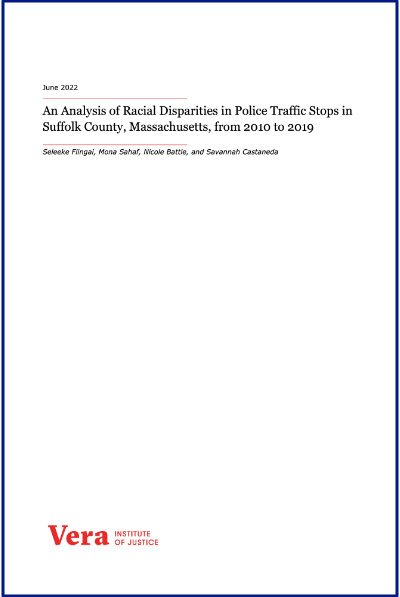By Brian Rappert, Otto Adang, Aline Daillère, Jasper De Paepe (UGent) , Abi Dymond, Marleen Easton (UGent) and Stephen Skinner
The use of force by the police and other law enforcement officers has long been a significant topic of concern, especially when it results in death. This issue and the controversies around it have recently been highlighted by a series of high-profile deaths in 2020. Police Lethal Force and Accountability assesses the frequency of deaths, and the availability and reliability of information regarding deaths, associated with the application of force by law enforcement agencies in four jurisdictions: Belgium, England & Wales, France and the Netherlands. By adopting a common set of considerations for assessing the policies and practices within these individual jurisdictions, this report enables comparisons to be made across them. In doing so, we look to provide those in policing agencies, campaigning groups, government ministries and others, with sound information with which they can identify priorities to ensure uses of force are being accurately recorded and investigated. By enabling those concerned to understand how uses of force are recorded and addressed in comparison with other jurisdictions, we hope this report will help them to build a stronger case when holding public institutions accountable and identifying points for improvement. As documented, while deaths from the use of force appear relatively rare across these four jurisdictions when compared to countries such as the US1 , the procedures 1 In the US, roughly 1,110 police killings have taken place annually over recent years, see https://mappingpoliceviolence.org/national trends, (accessed 4 December 2020). and policies for recording, investigating and disclosing details associated with deaths are wanting. The availability of official information on the number of deaths associated with the use of force, its reliability, and the extent of details collected on those that die at the hands of the state vary from country to country. While there are elements of good practice, the procedures and policies are often lacking in critical respects. As a result of such deficiencies, it is difficult to assess many important dimensions of policing, including whether some communities are disproportionality subjected to the lethal use of force. Ultimately, reducing the extent of police force requires addressing underlying societal conditions associated with employment, health, housing and education. However, more can be done by law enforcement agencies, as well as by their oversight bodies and government ministers. Assembling data and evidence that is accessible, relevant and useful to those concerned with lethal force is a necessary step to enhance accountability for, and possibly prevent, deaths. In the context of democratic societies, the police and police-related bodies not only need to act on what they know in order to learn lessons, but also to demonstrate they are doing so to the populations they are meant to serve. Every death associated with the use of force by law enforcement officials should be recorded, recognised and investigated. No one’s death should go unacknowledged and unexamined.
Exeter, UK: University of Exeter, et al. 2020. 63p.





















